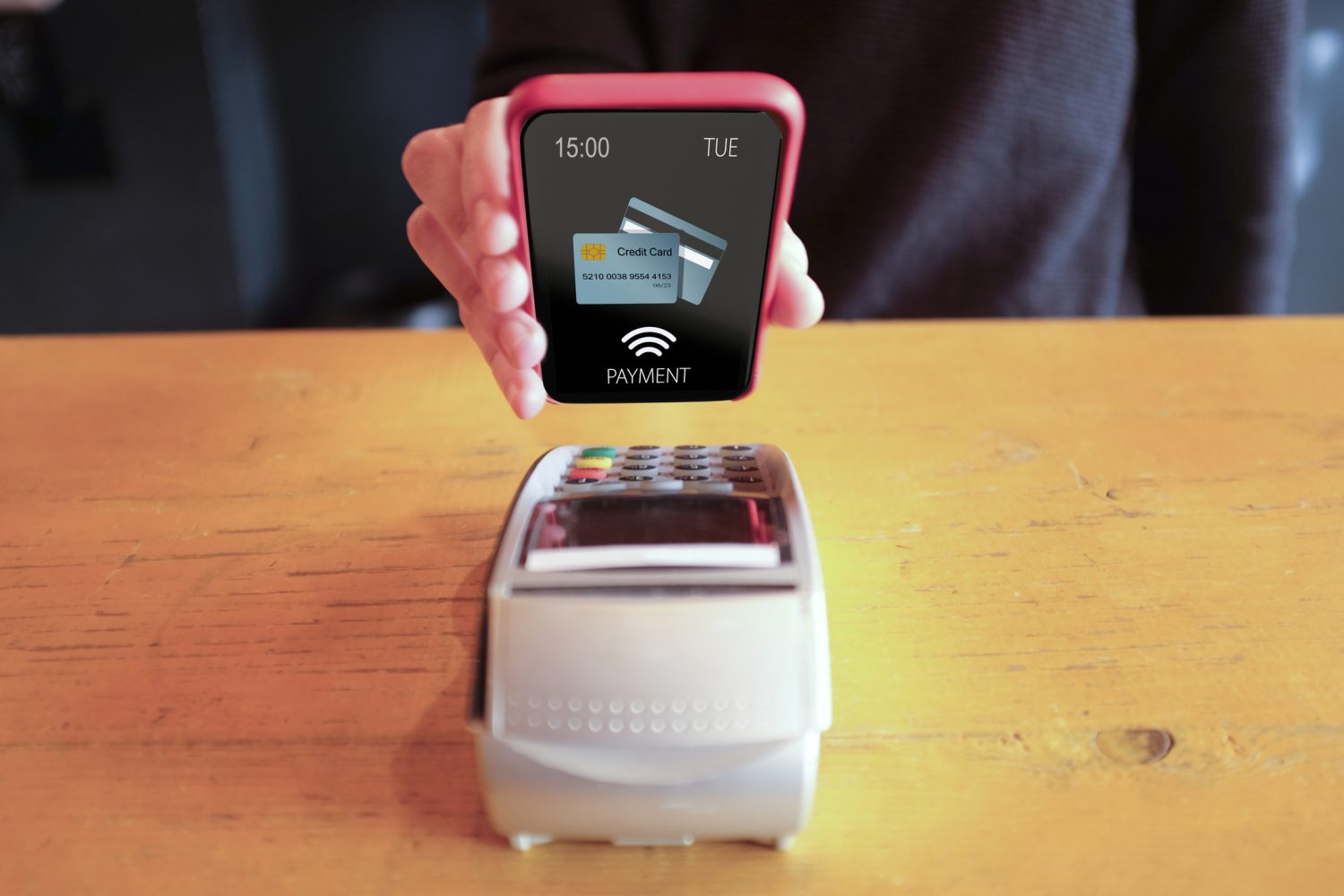November 1, 2018 by Siobhan Climer
Preparing to sink to the bottom of Gartner’s 2017 Digital Commerce ‘Trough of Disillusionment’, mobile commerce might not seem like a trend. Despite promising early moves by companies like Starbucks and device-based systems like Apple Pay or Android Pay, mobile commerce and ecommerce trends seem to be falling away from adoption. Several ePayment options were discontinued over the past few years, including Softcard and MCX, and digital wallets hover in the 12%-15% market penetration for target audience.
Now, if you’re an innovator, ready for the next wave of ecommerce trends, your ears should be perking up, because while the ‘Trough of Disillusionment’ may seem a rather unpleasant place to linger, it’s precisely the time when eagle-eyed investors and strategists take note.
A Brief History Of Ecommerce
Mobile commerce emerged in the late 1990s, when PayPal completely disrupted the payment industry scene with one of the biggest ecommerce trends imaginable: electronic payments and transfers. But it wasn’t until 2007, when in-app payment startups like Braintree and Klarna were founded, that a trend emerged. AT&T, Verizon, and T-Mobile launched Softcard in 2010. The last eight years saw the emergence – and disappearance – of several other merchant-based and bank-based eWallet and ePayment technologies.
eWallet And ePayment
Despite rather weak current adoption numbers, digital wallets or eWallets are gearing up to be top of the list for ecommerce trends. According to a 2017 report by Forrester, 41% of consumers expect to try digital wallets in 2018, with adoption rates expected to increase in 2019. Current concerns regarding ePayment technologies center on security, which does not mirror reality. Digital wallets almost always use encryption and tokens to conduct online payments – and the rise of blockchain likely increases this security – and are considered more secure than physical payment forms, which can be stolen or duplicated with ease.
Ecommerce trends in merchant circles are also emerging. 55% of merchants plan to accept eWallet payments in the next 12 months, and 67% believe most transactions will occur via eWallets by 2022. Furthermore, mobile commerce no longer relies on smartphones or desktops: connected devices, personal assistants, appliances, other devices, and even clothing might provide the next step in payment disruption.
Ecommerce Trends In 2018
Voice technology relies on developments in natural speech research, which is taking off. The Internet of Things (IoT) brings connected devices into the payment transaction journey, as consumers’ refrigerators order more milk or parents order new pajamas during bedtime dressing via their Alexa or Google Home. Merchants are aware of these developments and are preparing for consumers to more and more use mobile devices and connected devices to complete purchases.
 In addition, many companies are acknowledging the importance of artificial intelligence (AI) in the customer journey. AI enables businesses to customize the customer experience and personalize marketing and payment experiences for individuals. This is vital, as part of the slow-pace of adoption for eWallet and ePayment technologies is a nostalgia for bustling Main Streets and cash transactions, as well as that security and control piece. By putting both warmth and control back into the customer journey, brands are reaping the rewards in customer loyalty and profits.
In addition, many companies are acknowledging the importance of artificial intelligence (AI) in the customer journey. AI enables businesses to customize the customer experience and personalize marketing and payment experiences for individuals. This is vital, as part of the slow-pace of adoption for eWallet and ePayment technologies is a nostalgia for bustling Main Streets and cash transactions, as well as that security and control piece. By putting both warmth and control back into the customer journey, brands are reaping the rewards in customer loyalty and profits.
What’s Next?
What’s next for ecommerce trends in 2018 and beyond? Amazon and Alibaba will likely dominate mobile commerce transactions, and new developments in the IoT will likely shift how consumers purchase. Apple Pay, Google Wallet, Android Pay, and Samsung Pay will continue to dominate the digital wallet industry, and in-store mobile payments will overtake credit cards by 2020. Blockchain technology will reduce the costs of compliance and finance accounting processes, enabling improvements in investment policies across industry. Some of the biggest ecommerce trends will revolve around security, and biometric authentication tools, such as facial recognition or fingerprint ID will be used in more than 18 billion transactions by 2021.
Are you ready?
Like what you read?
About Mindsight
Mindsight, a Chicago IT services provider, is an extension of your team. Our culture is built on transparency and trust, and our team is made up of extraordinary people – the kinds of people you would hire. We have one of the largest expert-level engineering teams delivering the full spectrum of IT services and solutions, from cloud to infrastructure, collaboration to contact center. Our highly-certified engineers and process-oriented excellence have certainly been key to our success. But what really sets us apart is our straightforward and honest approach to every conversation, whether it is for an emerging business or global enterprise. Our customers rely on our thought leadership, responsiveness, and dedication to solving their toughest technology challenges.
About The Author
Siobhan Climer, Science and Technology Writer for Mindsight, writes about technology trends in education, healthcare, and business. She previously taught STEM programs in elementary classrooms and museums, and writes extensively about cybersecurity, disaster recovery, cloud services, backups, data storage, network infrastructure, and the contact center. When she’s not writing tech, she’s writing fantasy, gardening, and exploring the world with her twin two-year old daughters. Find her on twitter @techtalksio.



